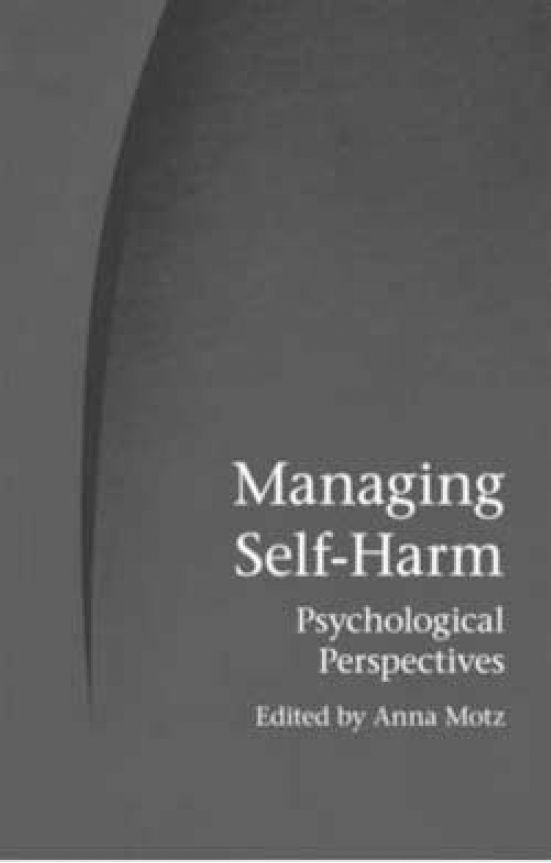
Reading this book brought to consciousness something I did not know I knew: namely, how far the world of psychiatry has grown professionally, from a place where people with personality disorders could be portrayed as ‘the patients psychiatrists dislike’ (in 1988), to a point where the disorder is ‘no longer a diagnosis of exclusion’ (2003). These patients are now rightly offered therapy supported by a requisite and growing evidence base. A similar fate has also been bestowed on those who self-harm, who in many cases themselves have a personality disorder.
This book, carefully edited by Anna Motz, contains papers from practitioners working in different settings and represents a growing body of clinical work that reflects these developments. In so doing it comes as a relief to read a book that explicitly makes a powerful case for psychodynamic meaning: one key message being that self-harm is a communication that the clinician is being asked to understand and make sense of to the patient.
We are given privileged, front-row access to clinicians struggling to do just this when confronted by apparently self-destructive behaviours. We see practitioners evolving an expanding complexity in their work in a way that begins to do justice to their patients' humanity as well as their destructiveness. However they treat themselves, these patients are no longer treated as ‘other’. Indeed, what the authors capture with great honesty is just how hard this work is. Yet, expertly delivered, the reader is never left behind, carrying a sense of ‘I wish I could do that’. There remain profound moments of exasperation, disgust and yes, even dislike, as the therapists attempt to weave a path that is neither overindulgent (of the ‘poor you’ variety) nor sadistic (of the ‘you've done this to yourself’ variety).
If there is a quibble, it is about the book title – I do not think it sufficiently reflects the therapeutic achievement presented in this volume or wider clinical reality. Sometimes those who self-harm get beyond needing to be managed and stop self-harming. This book comes highly recommended precisely because it demonstrates how the skill, thoughtfulness and resilience required of clinicians who work with this challenging, and sometimes inspiring, patient group can bring about fundamental change.



eLetters
No eLetters have been published for this article.